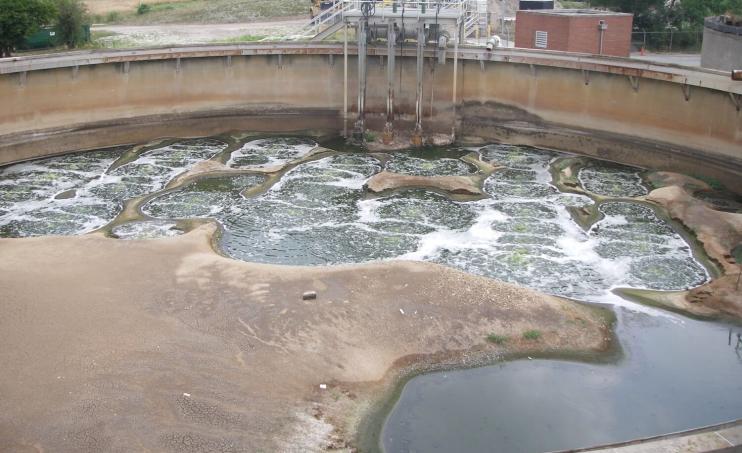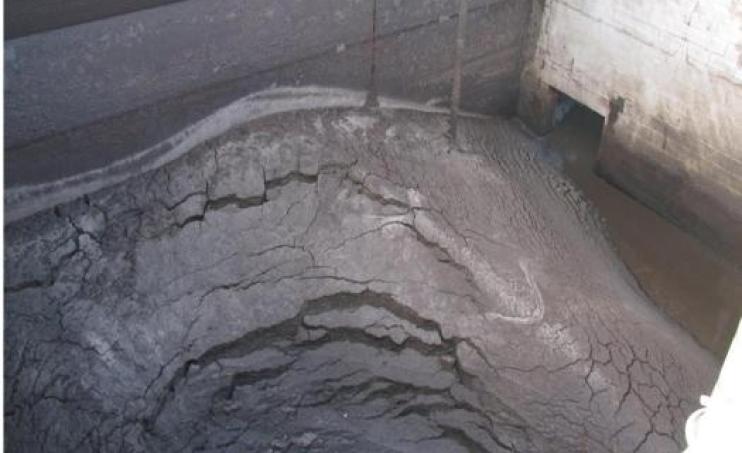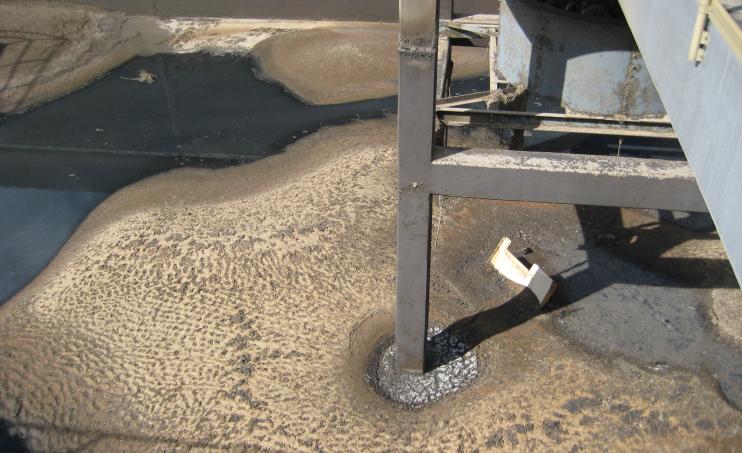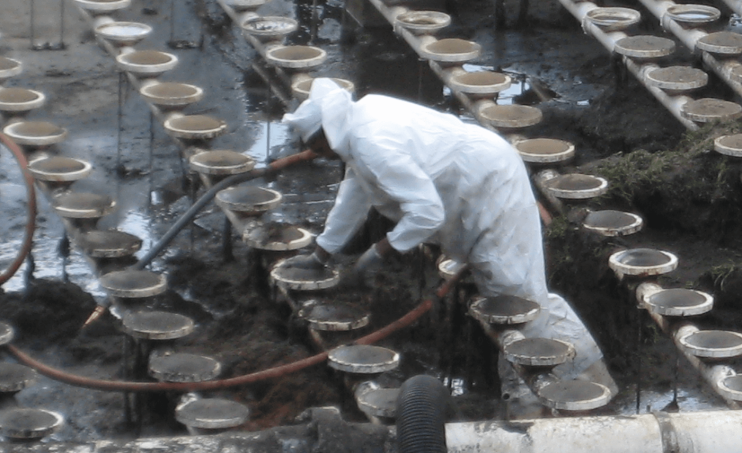
Grit Removal
Grit and other solid materials are a costly component of both process water and wastewater, clogging systems, reducing efficiencies and causing abrasion damage and wear that lead to increased cleaning, maintenance and repair.
What is Grit Removal?
Grit removal is the process used to remove sand, silt and grit from water.
Grit (and sand) removal is often found in the headworks or inlet works of wastewater treatment plants (WWTPs). Grit removal can also be used to remove sand from river water intakes prior to processing for potable water, used in industrial applications to remove fine abrasives, as well as being used to remove grit entrained in sludge.
What is Wastewater Grit?
Conventional grit removal equipment is designed based on the mistaken assumption that all grit particles are perfect spheres of silica sand greater than 212 microns in diameter and with a specific gravity of 2.65.
In reality, wastewater grit consists not only of irregularly shaped silica sand, but also of other materials with different specific gravities such asphalt, limestone and concrete, as well as eggshells, coffee grounds, seeds, bone fragments and other organic food waste particles of all sizes.
Why Remove Grit?
Sand in treatment plants reduces process capacity and increases maintenance costs.
In WWTPs grit and other solid materials such as sugar sands and silt are a costly component of both process water and wastewater, clogging treatment systems, reducing efficiencies and causing abrasion damage and wear that leads to increased cleaning, maintenance and repair.
Conventional assumptions about the nature and behavior of grit mean that many grit removal systems may only be removing 30-50% of total suspended solids (TSS). That material is passing downstream, abrading critical systems and processes and gradually reducing the overall effectiveness of the facility. In many cases, operators may simply be unaware of how much grit they are missing.
Effective grit removal removes the abrasive solids and sand before they have the chance to enter other processes, erode expensive equipment, and deposit throughout a treatment plant.
What is the Cost of Grit?
Grit that passes through a WWTP or industrial process facility has a cost. If not removed, grit compromises downstream processes through the combined effects of abrasion of mechanical equipment and accumulation in channels and basins.
Ineffective solids removal leads to clogging, operational inefficiencies and disrupted processes such as biological treatment. This in turn increases energy demand, increases the maintenance and repair burden and can even threaten final effluent quality and discharge limits.
Learn more: Do you know how much inefficient grit removal is really costing you?
Real-World Conditions
While laboratory testing is useful as an indicator of performance, it should never be taken in isolation. After all, WWTPs and industrial facilities operate in the real world, not in a lab.
In the real world, conditions are very different from the conventional 'ideal' assumptions and vary significantly between plants. Grit and other solids make their way into influent from a range of sources, ranging from wind-blown sands and dust to rainwater run-off over soil and hard surfaces such as concrete and bitumen.
Local geographical and climatic patterns can have impact on the nature of influent grit. Certain locations may contain higher levels of fine grit, 'sugar sand' or loess soils, and may require greater attention to finer grit removal.
In locations where there is a wide variation in flows, grit can be expected to settle during low flow periods. During later peak events, settled grit will be re-suspended in the flow and will arrive at the treatment works in concentrated amounts that can overwhelm grit removal systems that have not been designed to cope with these conditions.
Owners and operators should question performance claims, should insist on independent testing, and should be prepared to conduct real-world performance evaluation.
The visible cost of grit
Images show the costly impact of treatment plants that have been overwhelmed by grit
Grit removal solutions
We offer a range of advanced products that can help industrial and municipal WWTP owners and operators to remove more, finer grit - protecting downstream processes and reducing the costs of cleaning, maintenance and repair.
A stacked tray grit separator that retains 95% of all grit 75 μm and larger. With a small footprint, no electrical requirements and no moving parts the HeadCell® delivers exceptional and economical solids removal for small, medium or large wastewater treatment plants.
Learn more: HeadCell®
A compact, unpowered system that removes 95% of 106 µm particles or larger. With no moving parts, requiring less than 6" (15 cm) of headloss at average flows and a capacity to handle flows as low as 0.25 Mgal/d (11 L/s), the Grit King® is a versatile and economical grit removal system that cuts plant maintenance costs.
Learn more: Grit King®
A high-performance accelerated gravity grit removal system. Available in a range of sizes and able to accommodate flows as low as 0.1 Mgal/d (4.5 L/s) in a single unit, OpTeaCup® units can be used to accommodate a wide range of flow characteristics, making it the ideal system for many different types and sizes of plants.
Learn more: OpTeaCup®
A fluidized bed grit washing and grit dewatering system that significantly reduces Volatile Solids (VS) content to produce cleaner, drier grit. the Hydro GritCleanse™ retains 95% of all grit 75 micron and larger and outputs washed grit with less than 5% VS.



